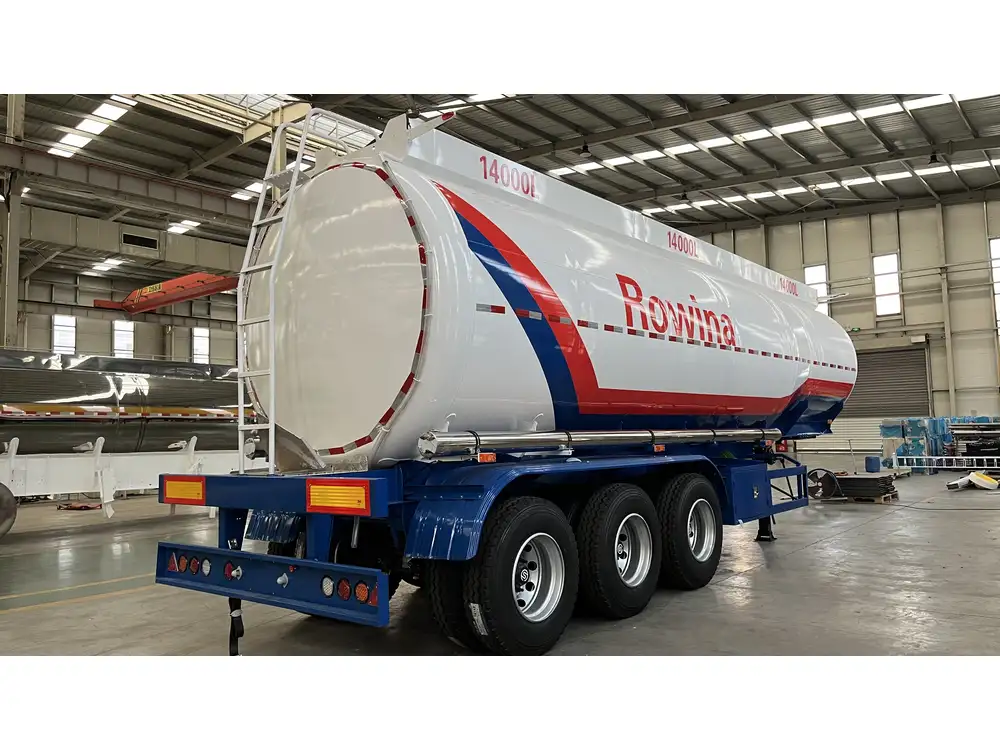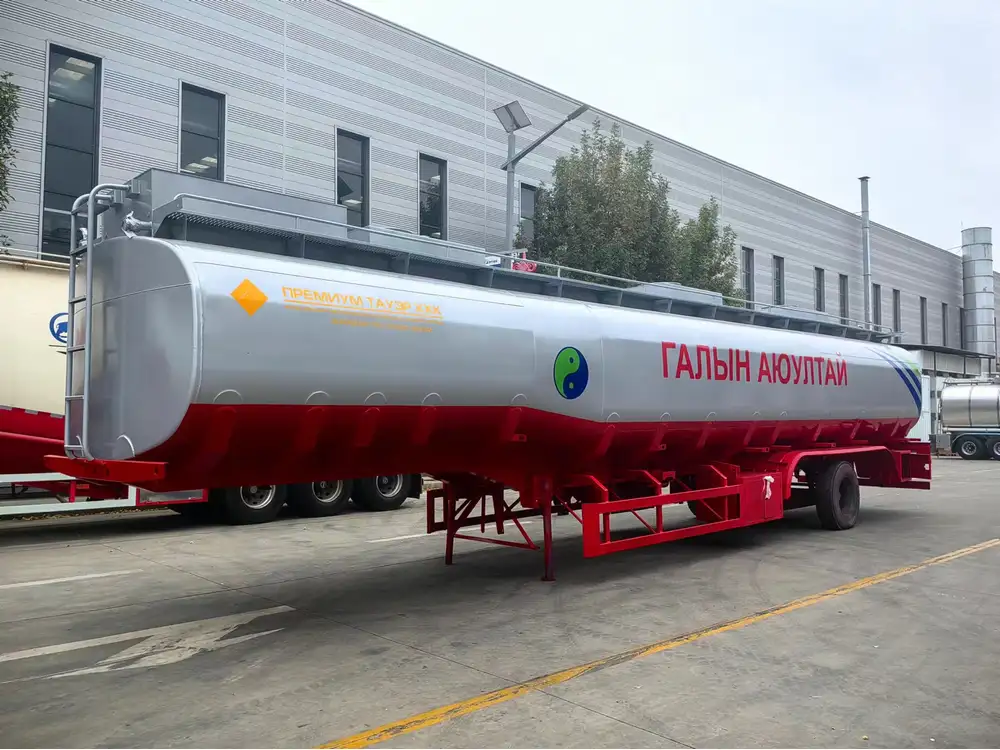In the booming transport and logistics sector in Egypt, fuel tankers are increasingly gaining traction as a vital asset. Understanding the costs associated with procuring a fuel tanker is essential for businesses aiming to optimize their fuel distribution processes. We delve deep into the costs, types, and factors influencing the purchase of fuel tankers in Egypt, ensuring you’re equipped with the knowledge necessary for a strategic investment.
Understanding Fuel Tanker Costs
Types of Fuel Tankers
Fuel tankers come in various shapes and sizes, each designed for specific needs. The primary types include:
| Type | Description | Typical Capacity |
|---|---|---|
| Straight Tankers | Ideal for short-distance transport, usually mounted on trucks. | 5,000 – 15,000 liters |
| Semi-Trailers | Designed for long-distance travel, when combined with tractors. | 25,000 – 40,000 liters |
| Belly Tankers | Suitable for lower weight limits and urban areas. | 10,000 – 20,000 liters |
| Dual Compartment | Capable of transporting multiple types of fuel simultaneously. | 25,000 – 30,000 liters |

Cost Breakdown
When considering the fuel tanker cost for sale in Egypt, various factors contribute to the overall price. Here’s a structured breakdown:
Initial Purchase Price:
- Depending on the type and specifications, the initial purchase price of fuel tankers can range from EGP 300,000 to EGP 1,500,000.
Maintenance Costs:
- Routine maintenance is crucial. Annual maintenance might add an additional EGP 30,000 to EGP 100,000, depending on usage.
Insurance:
- Fuel tanker insurance varies based on the value and type of tanker. Typically, it can range between EGP 15,000 and EGP 50,000 annually.
Operating Costs:
- This includes fuel, labor, and other operational expenditures. On average, companies may spend about EGP 200,000 per year.
Taxes and Registration Fees:
- Depending on local regulations, costs could average EGP 10,000 – EGP 20,000 per annum.
Total Cost of Ownership
Factoring in the purchase price along with maintenance, insurance, operating costs, and taxes gives a more comprehensive view of the total cost of ownership (TCO) for fuel tankers. Here’s a simplified illustration in a tabular format:
| Cost Element | Estimated Annual Cost (EGP) |
|---|---|
| Initial Purchase (amortized) | 50,000 – 150,000 |
| Maintenance | 30,000 – 100,000 |
| Insurance | 15,000 – 50,000 |
| Operating Costs | 200,000 |
| Taxes & Registration | 10,000 – 20,000 |
| Total Estimated Annual Cost | 305,000 – 420,000 |
Factors Influencing Fuel Tanker Pricing
Several elements impact the pricing mechanisms for fuel tankers in Egypt:

1. Fuel Type and Compatibility
Different tankers cater to specific fuel types (e.g., diesel, petrol, LNG). The needed compatibility often inflates costs.
2. Tank Size and Capacity
Larger capacity tankers naturally come with elevated price tags. Ensure alignment with logistics requirements to avoid overspending.
3. Manufacturing and Construction Materials
The choice of materials significantly affects performance and longevity, directly influencing the purchase price.

4. Technological Advancements
Integration of technology—such as GPS tracking, flow meters, and leak detection systems—can affect the price. Advanced features typically provide operational efficiency and safety but can incur added costs.
5. Manufacturer Reputation
Established manufacturers like CarMax Vehicle often offer premium prices but ensure adherence to regulatory standards and safety, which can justify the investment.
6. Market Trends
Economic conditions, demand-supply dynamics, and fuel prices are factors seen as market-driven influences that vary the tanker pricing.

Selecting the Right Fuel Tanker: A Decision Matrix
When deciding on a fuel tanker, individuals and companies should consider various aspects through a decision matrix approach:
| Factor | Importance Level (1-5) | Notes |
|---|---|---|
| Cost | 5 | Budget constraints dictate the maximum price point. |
| Capacity | 4 | Must align with our distribution volume. |
| Manufacturer | 5 | Reputation and reliability are non-negotiable. |
| Features | 3 | Must meet operational and safety standards. |
| Maintenance Support | 4 | Availability of service helps in long-term planning. |
Conclusion: Fuel Tanker Cost for Sale in Egypt
Investing in a fuel tanker is no small feat. The financial commitment reflects the operational needs of your business, and understanding the total cost of ownership, along with the factors that impact pricing, is crucial for making an informed decision. For companies in Egypt, a thorough assessment of the options and costs available can pave the way for improved logistics and enhanced profitability.
By choosing reputable manufacturers such as CarMax Vehicle, you align your operation with quality and reliability. Understanding these dynamics not only ensures smart financial investments but also optimizes fuel transport efficiency, essential in the fast-paced logistics landscape of modern Egypt.
FAQs
1. What is the average lifespan of a fuel tanker? Depending on maintenance and usage, a fuel tanker can last between 10 to 15 years.
2. Are there financing options available for purchasing a fuel tanker? Yes, many manufacturers and financial institutions offer financing plans to facilitate the purchase of new and used fuel tankers.
3. What safety features should I look for in a fuel tanker? Essential safety features include rollover protection, emergency shut-off valves, and proper grounding to prevent static discharge.
4. Can I use a fuel tanker for multiple types of fuel? Yes, dual compartment tankers are designed to transport different types of fuel simultaneously, catering to specific logistical needs.













Reviews
There are no reviews yet.